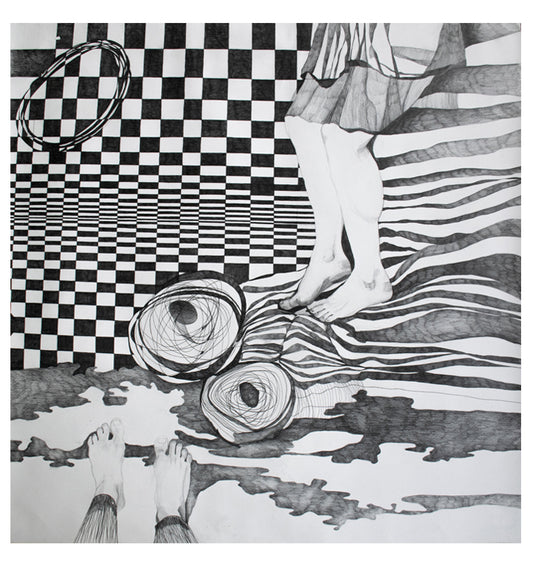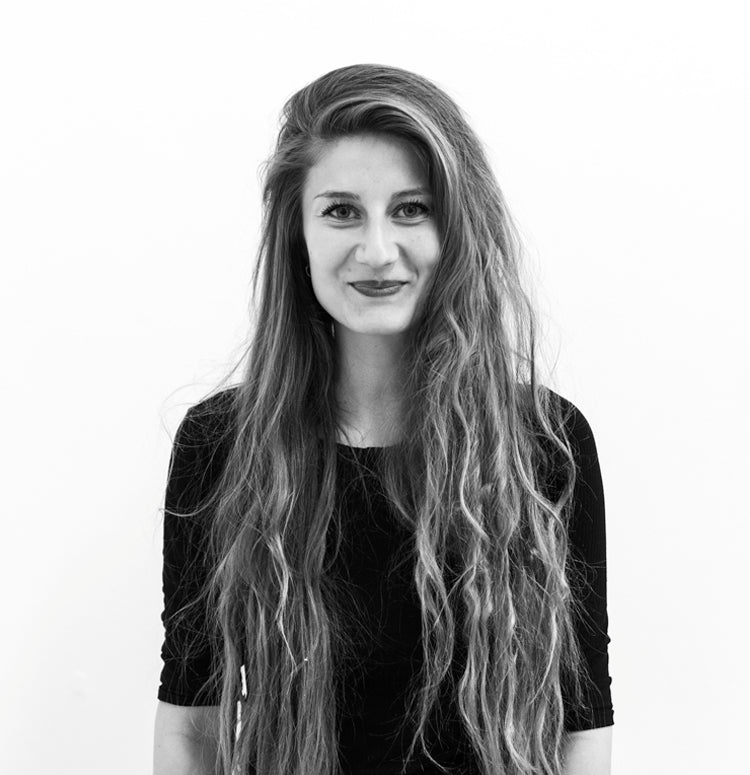
Zhanina Marinova
-
About the Artist
Indem sie die Vorstellungskraft als eine Art materialisierte Fiktion darstellt, die für sie eng mit der Idee des Verhältnisses zwischen An- und Abwesenheit verbunden ist, erfindet Marinova ihre eigene Realität und erforscht die tiefen Konstellationen von Wahrnehmung, Gedanken, Gefühlen und Erinnerungen. Marinova arbeitet vor allem im Bereich des Siebdrucks, der Zeichnung, der Installation und der Buchkunst und verwendet so unterschiedliche Materialien wie Stoffe, Papier, transparente Folien und Holz als Leinwand für ihre Siebdrucke. Bei einer solchen Vielfalt an Oberflächen ist die einzige Konstante der große Maßstab.
-
Bio
Zhanina Marinova, (*1994, Varna, Bulgarien) lebt und arbeitet in Wien.
2013 – 2019 Bildende Kunst: Graphik und Druckgraphik, Klasse Prof. Jan Svenungsson, Universität für angewandte Kunst Wien
Mitglied des Wiener Künstlerhauses seit 2018
#Intervention_02
Porgy & Bess
1010 Wien, Riemergasse 1120. März - 2. Juni 2024
täglich von 16:00 - 23:00 UhrBroschüre zur Ausstellung "FRAGILE, HANDLE WITH CARE" 19. - 21. 09. 2024
#Intervention_02 im Wiener Jazzclub Porgy&Bess - März bis Juni 2024
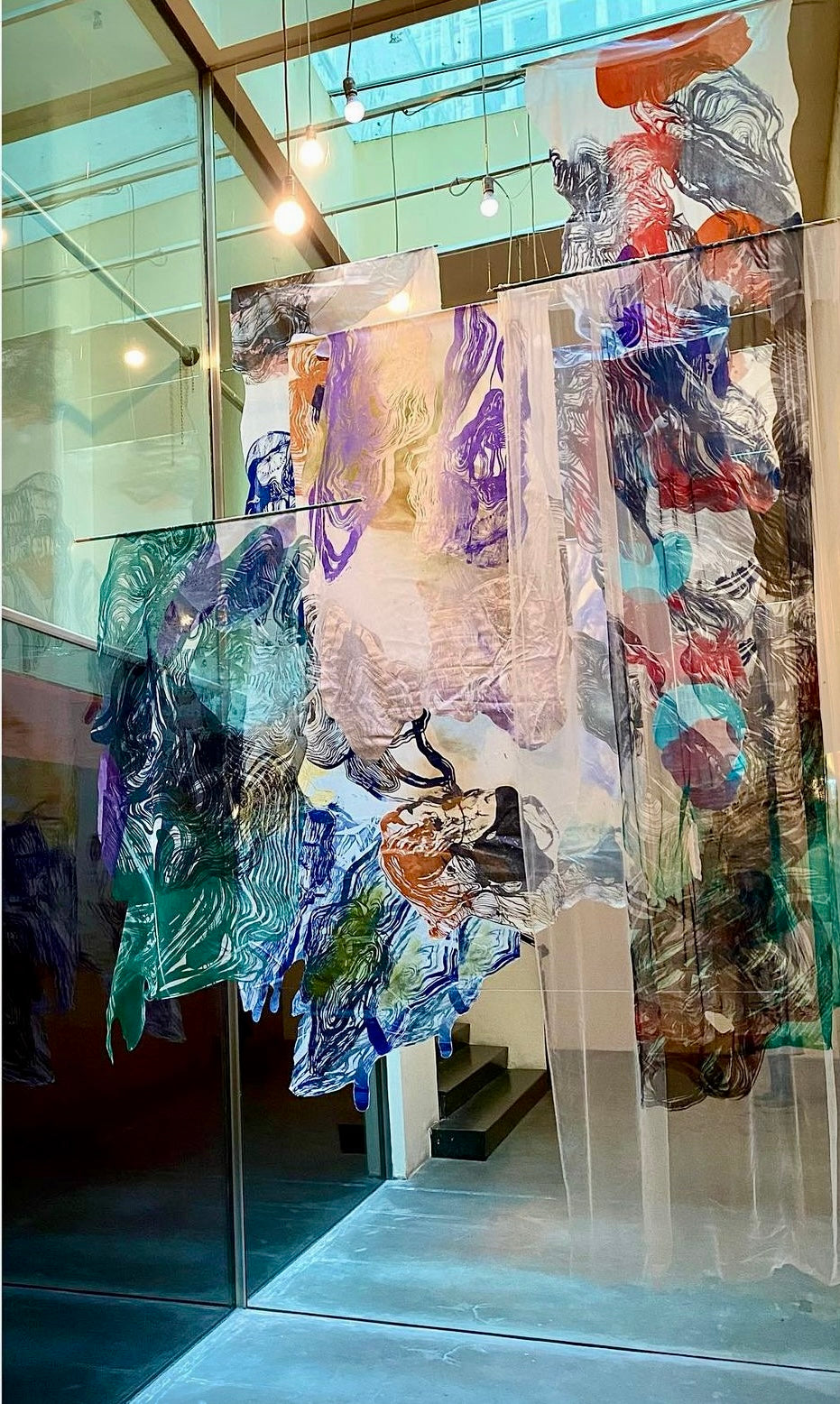
Ausstellunsansicht, Varna, 2023
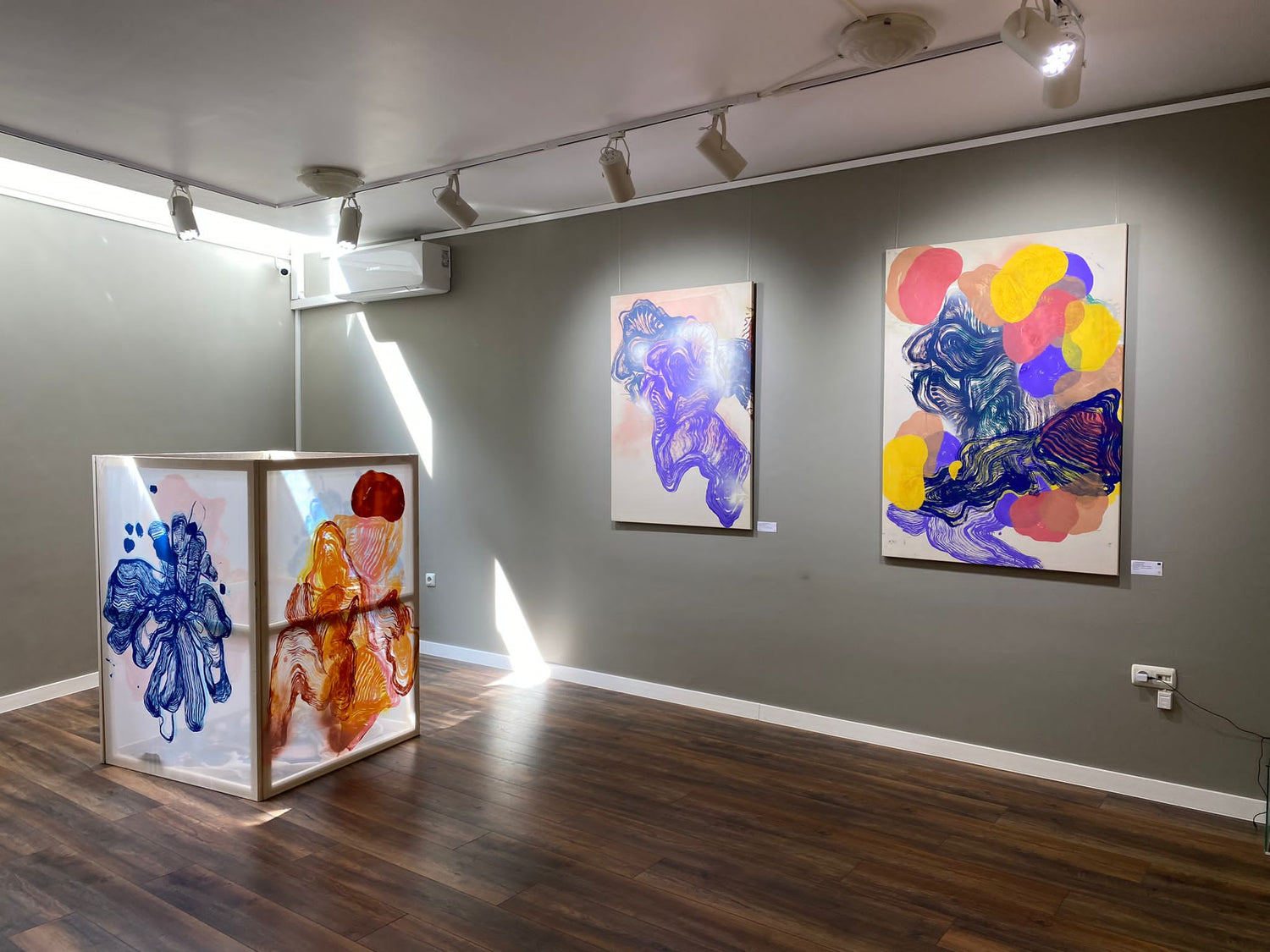
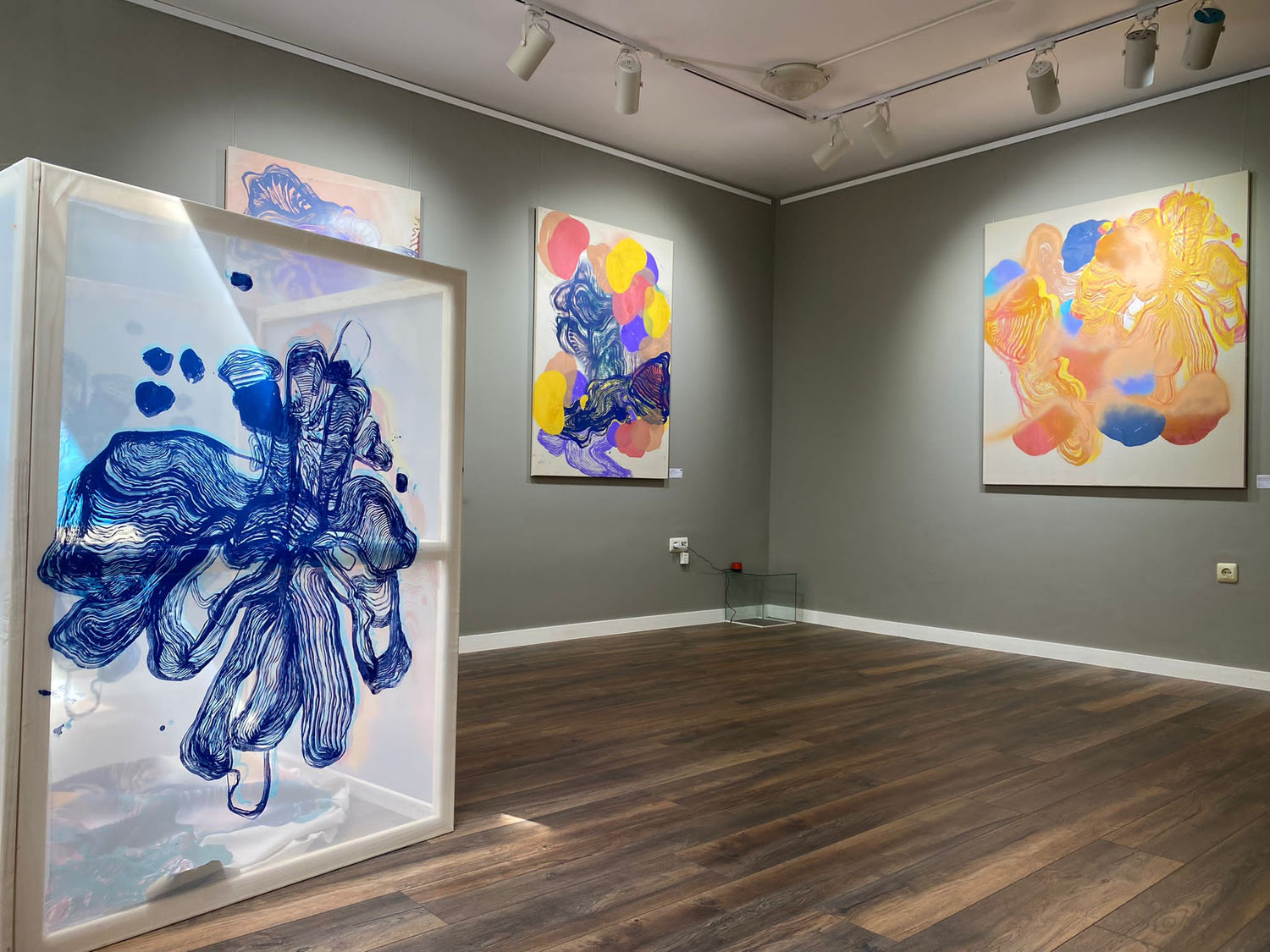
Zhanina Marinova bei der Sofia Art Week 2022 - Art Works: Memory Diving
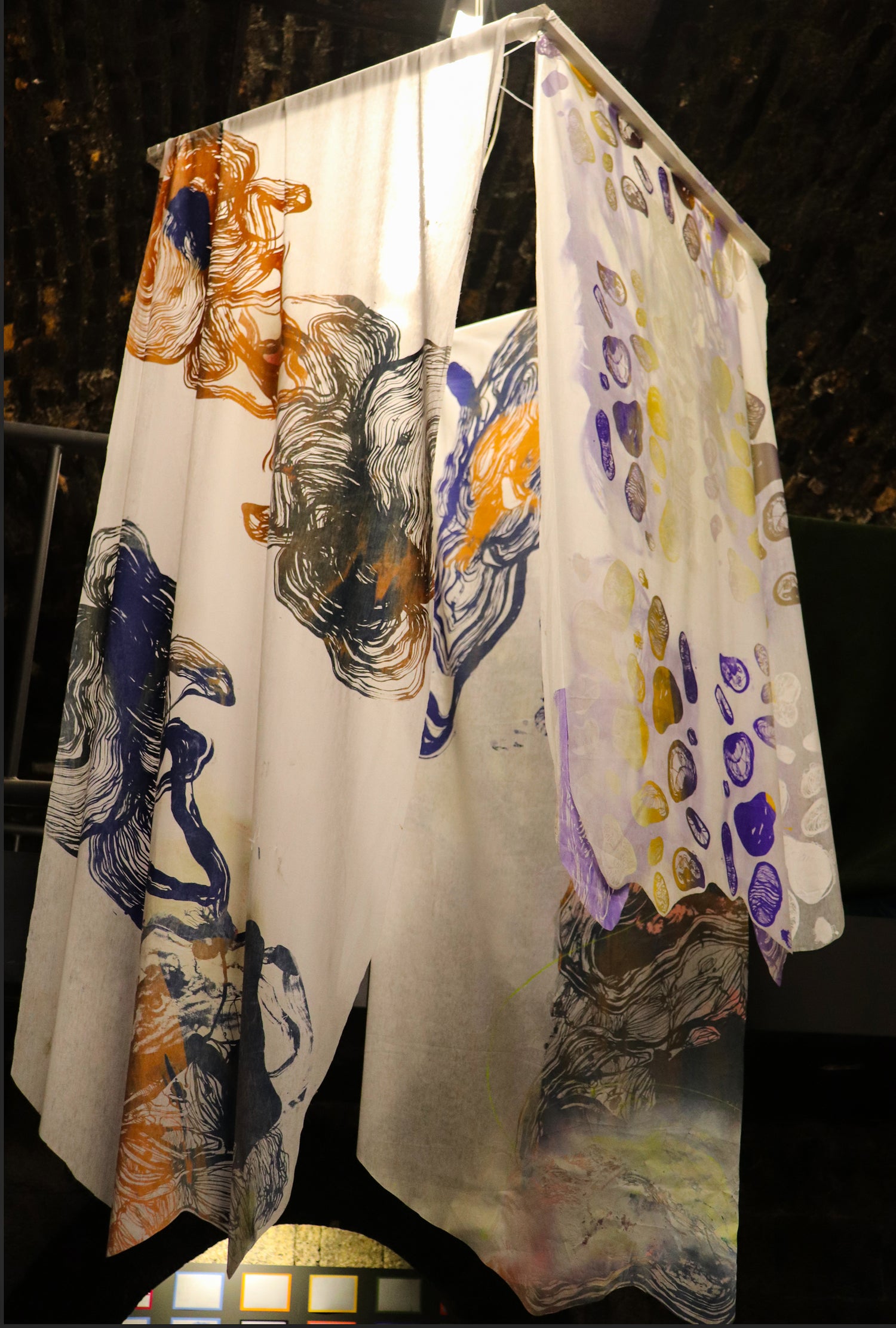


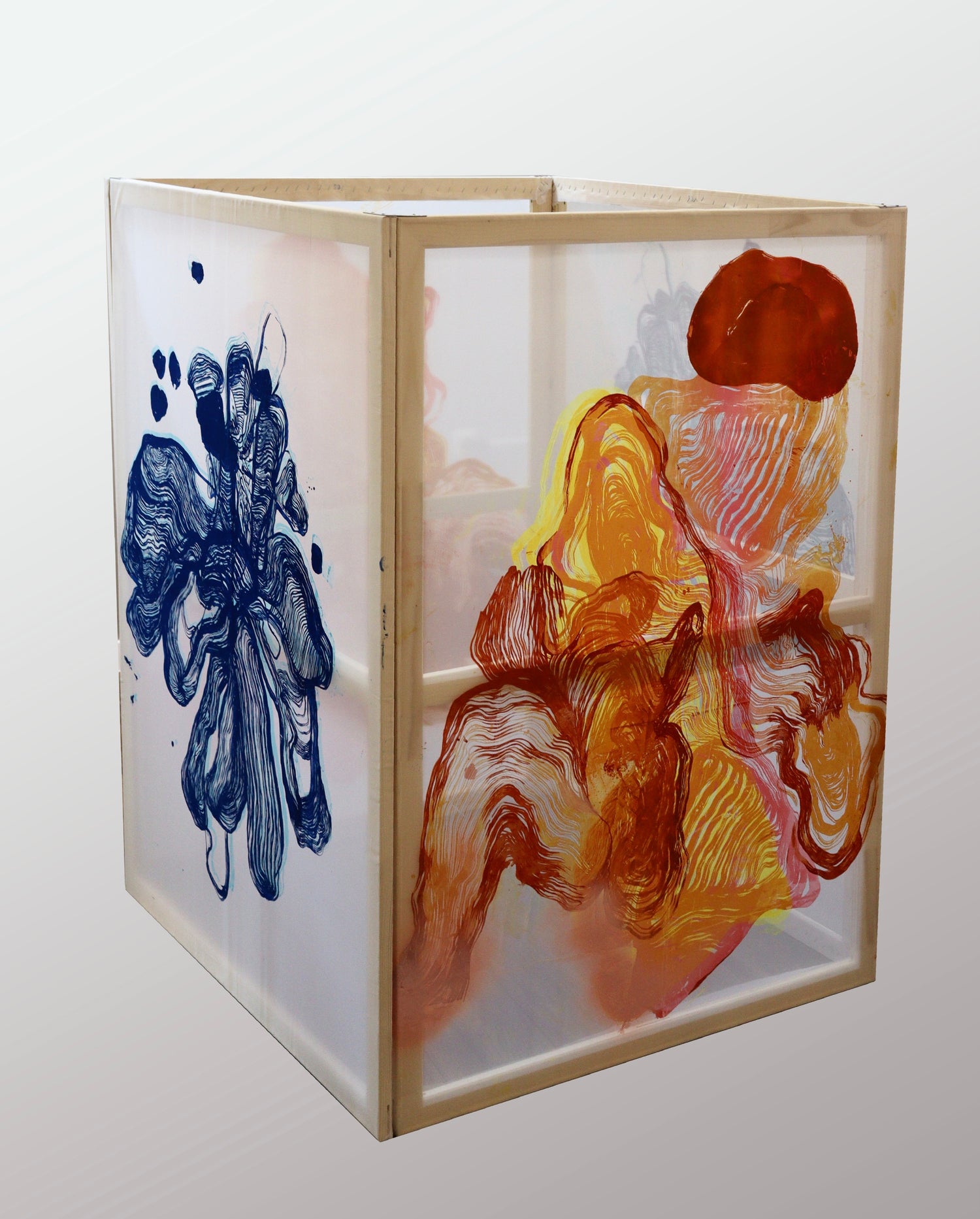
Zhanina Marinova, A carefully planned coincidence, 2023
-

-

-
a material fiction, an object of my imagination...
handgebundenes Leporello aus geschnitztem Holz, Siebdruck auf Papier, Spray, Scherenschnitt, 40 x 6 cm, ca. 250 cm lang, 2016
Präsentation von Künstler:innenbüchern / MUMOK AT
-
Zhanina Marinova - “Same but different” 16
Normaler Preis €860.00 EURNormaler PreisGrundpreis pro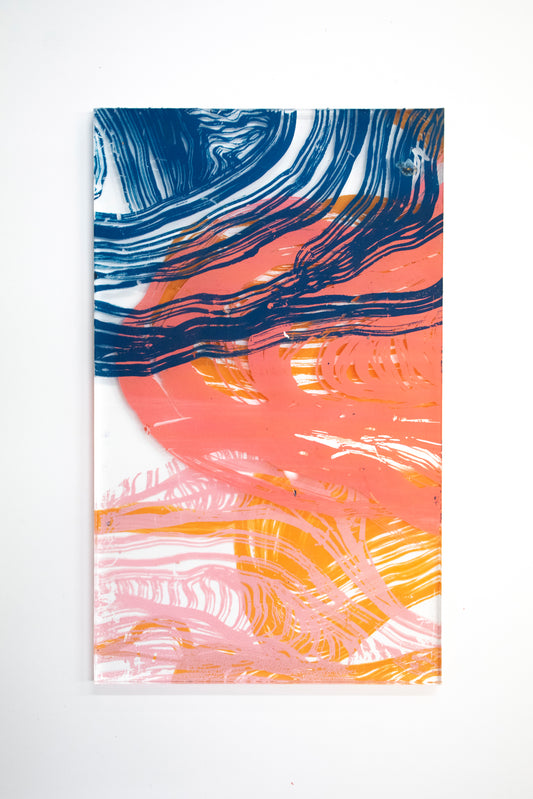
-
Zhanina Marinova - “Same but different” 11
Normaler Preis €860.00 EURNormaler PreisGrundpreis pro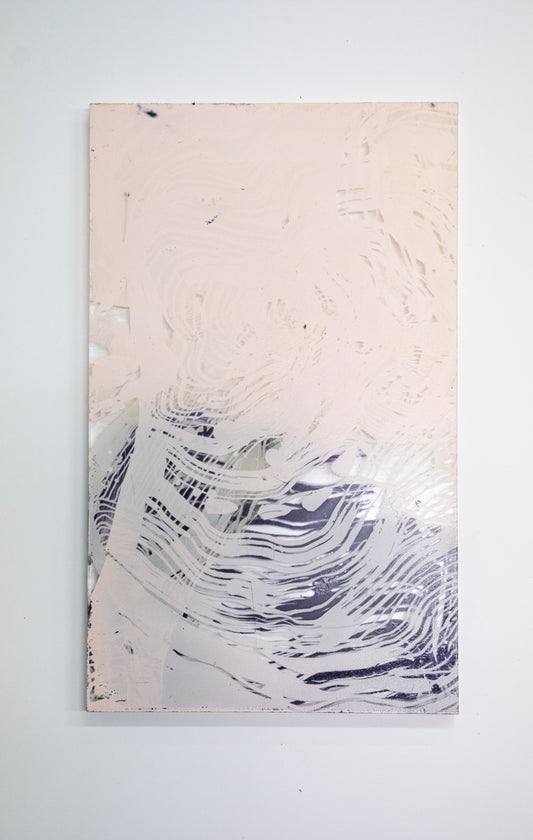
-
Zhanina Marinova - “Same but different” 18
Normaler Preis €860.00 EURNormaler PreisGrundpreis pro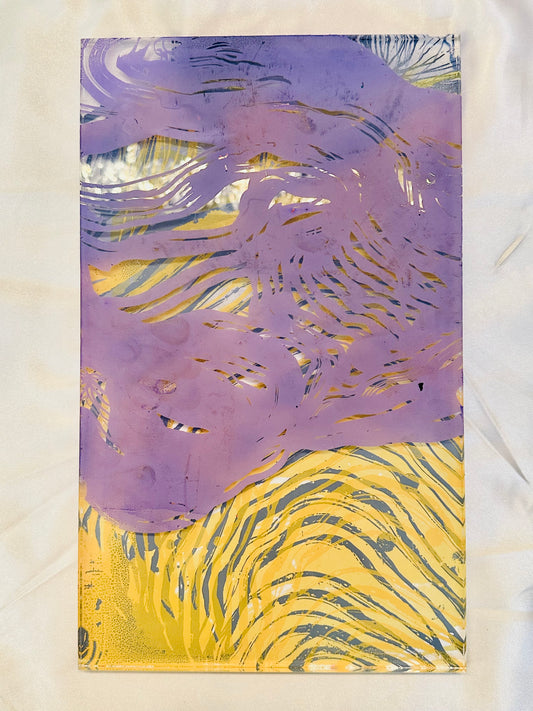
-
Zhanina Marinova - “Same but different” 17
Normaler Preis €860.00 EURNormaler PreisGrundpreis pro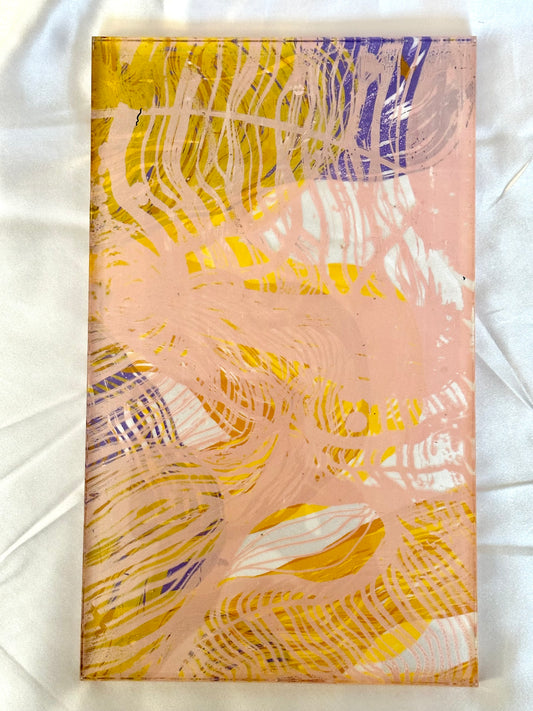
-
Zhanina Marinova - Where to
Normaler Preis €1,350.00 EURNormaler PreisGrundpreis pro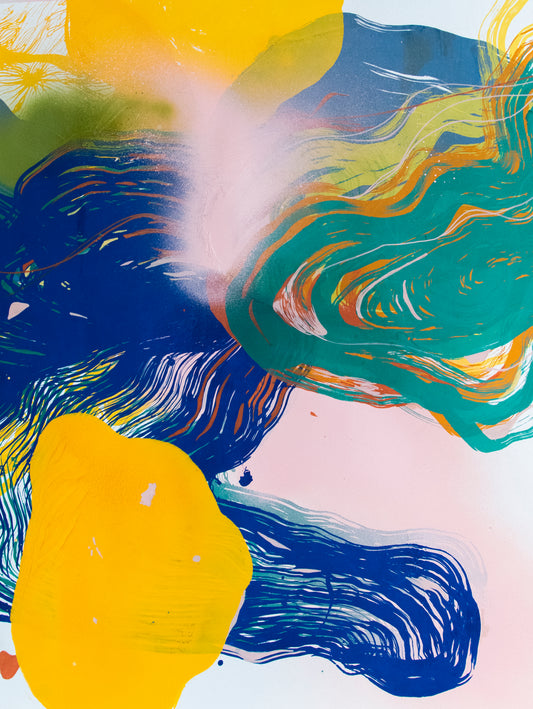
-
Zhanina Marinova - Liquid thoughts
Normaler Preis €1,680.00 EURNormaler PreisGrundpreis pro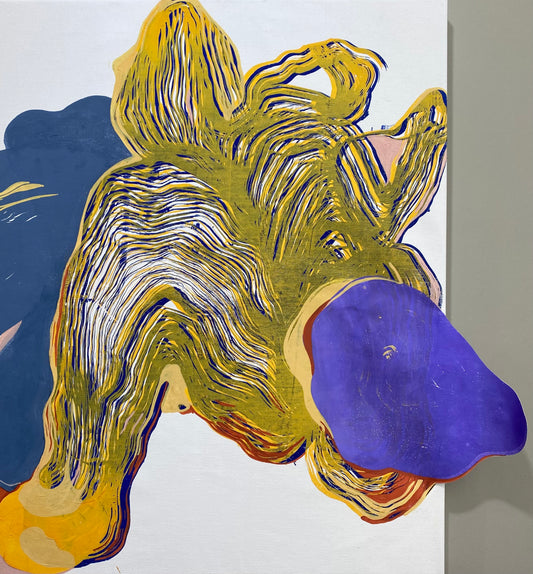
-
Zhanina Marinova - I made a mistake and I like it
Normaler Preis €3,600.00 EURNormaler PreisGrundpreis pro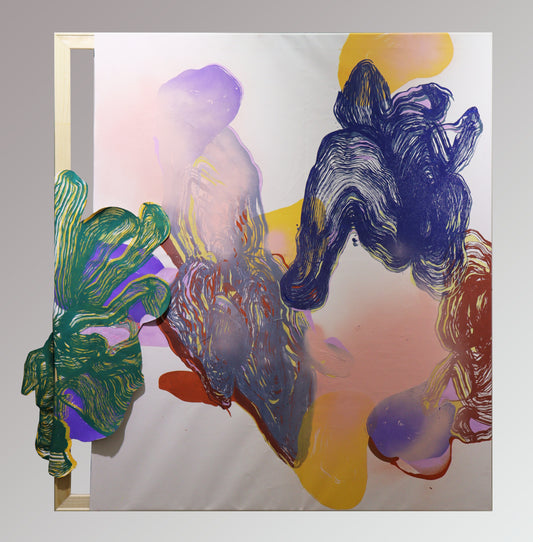
-
Zhanina Marinova - Controlled coincidence
Normaler Preis €1,800.00 EURNormaler PreisGrundpreis pro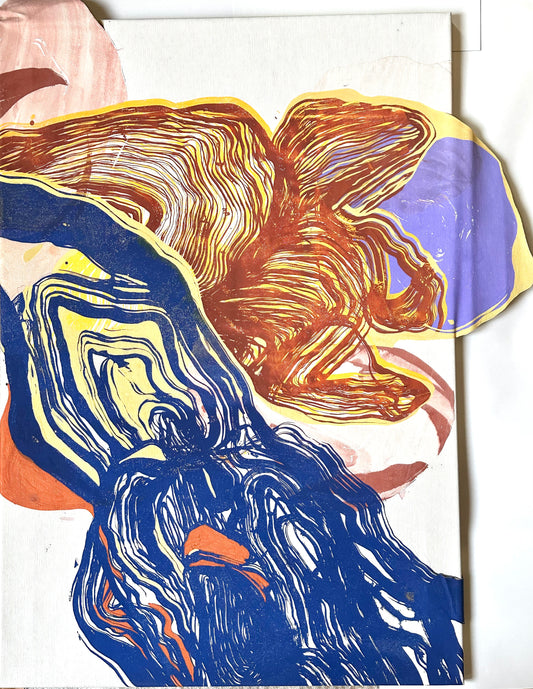
-
Zhanina Marinova - Afternoon (same space, same time)
Normaler Preis €2,600.00 EURNormaler PreisGrundpreis pro